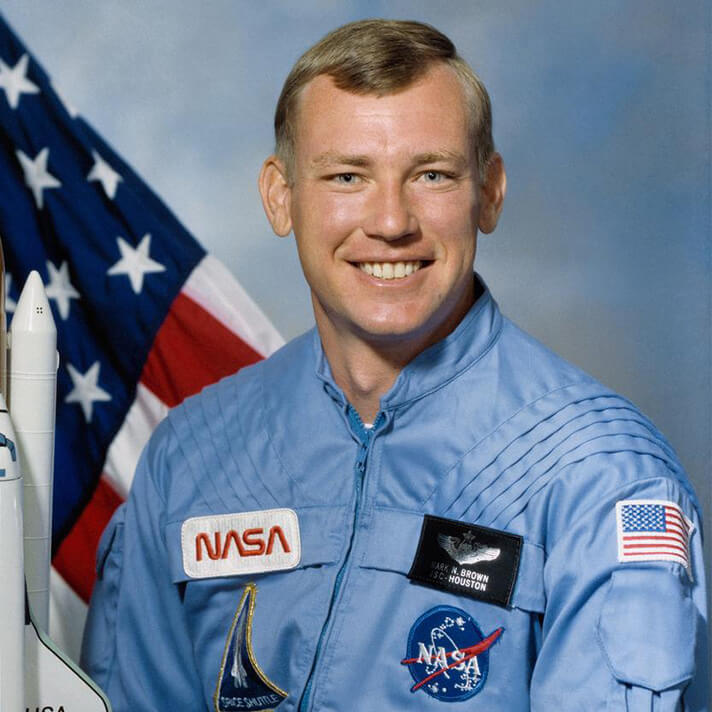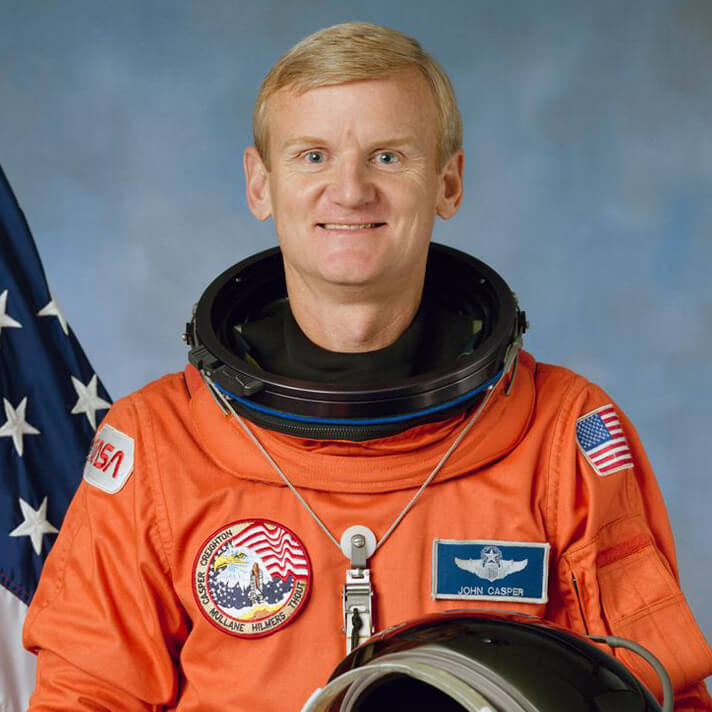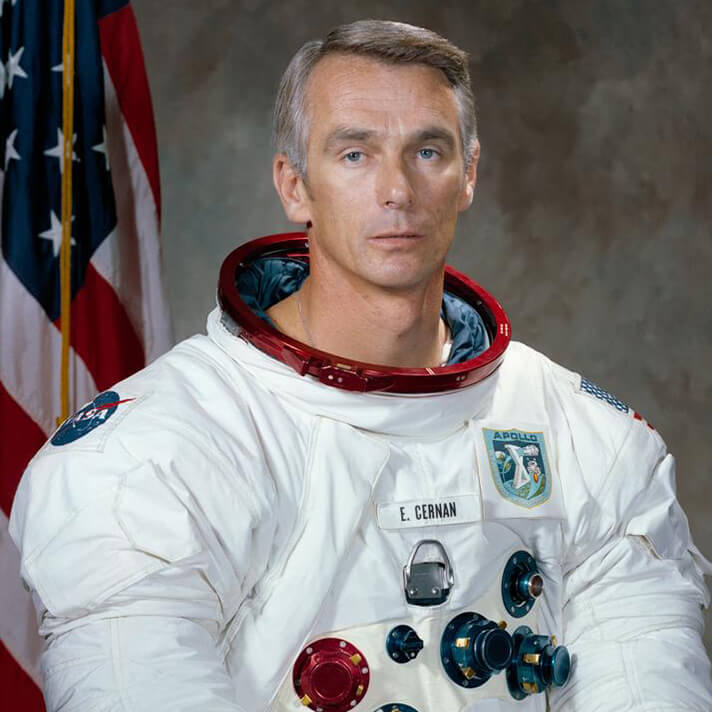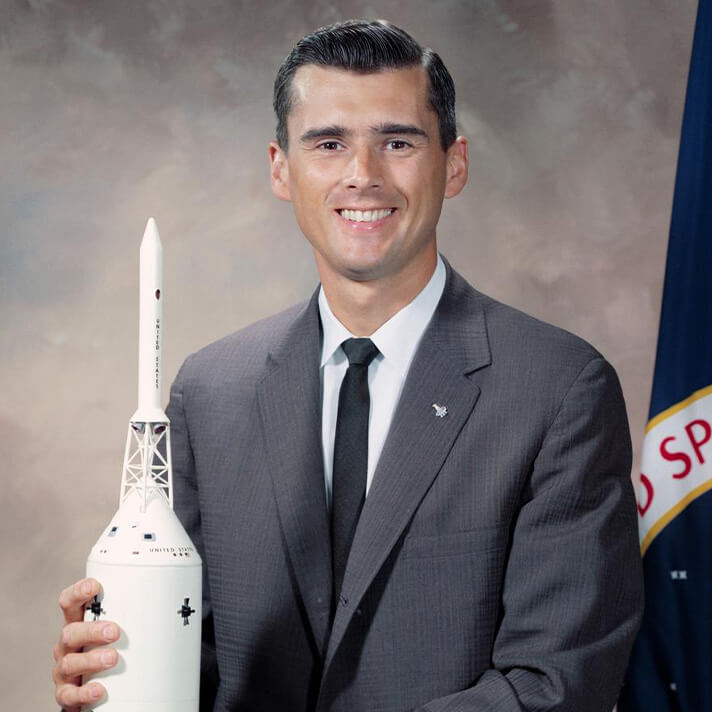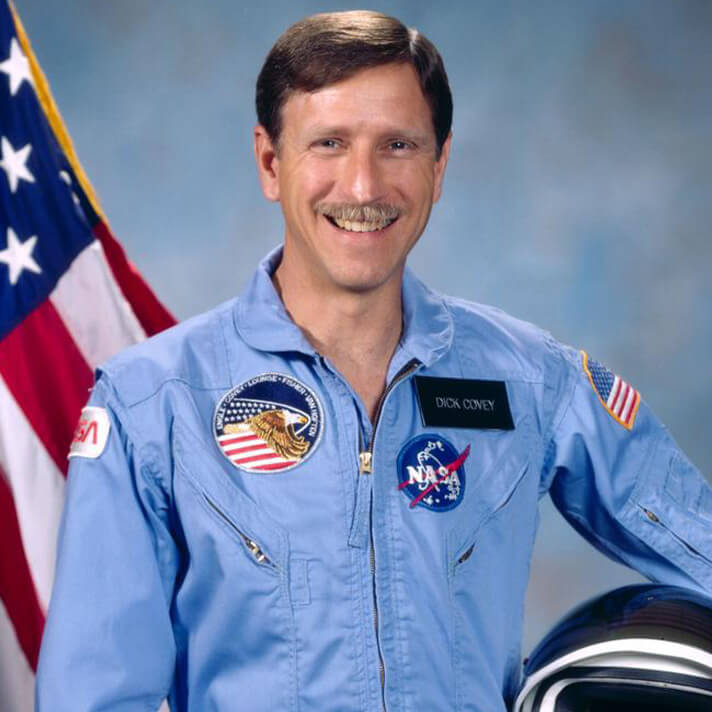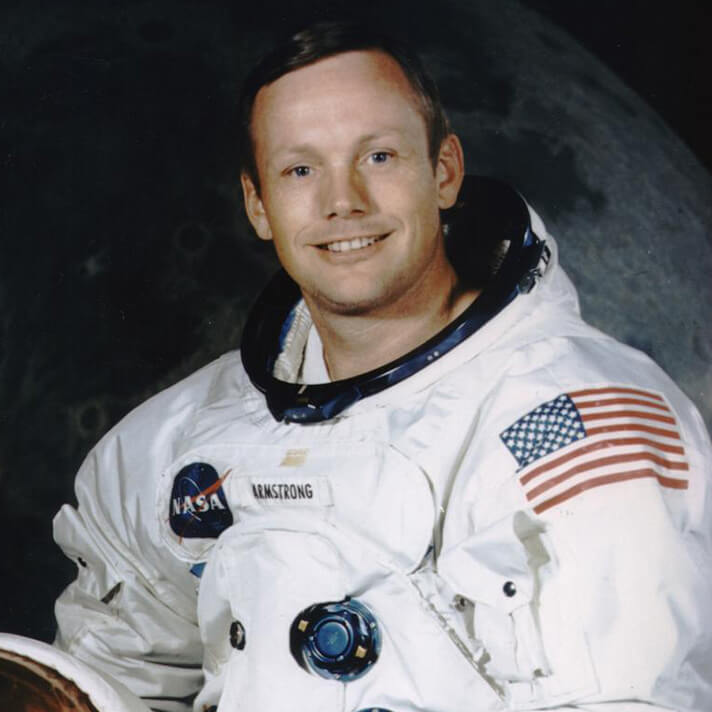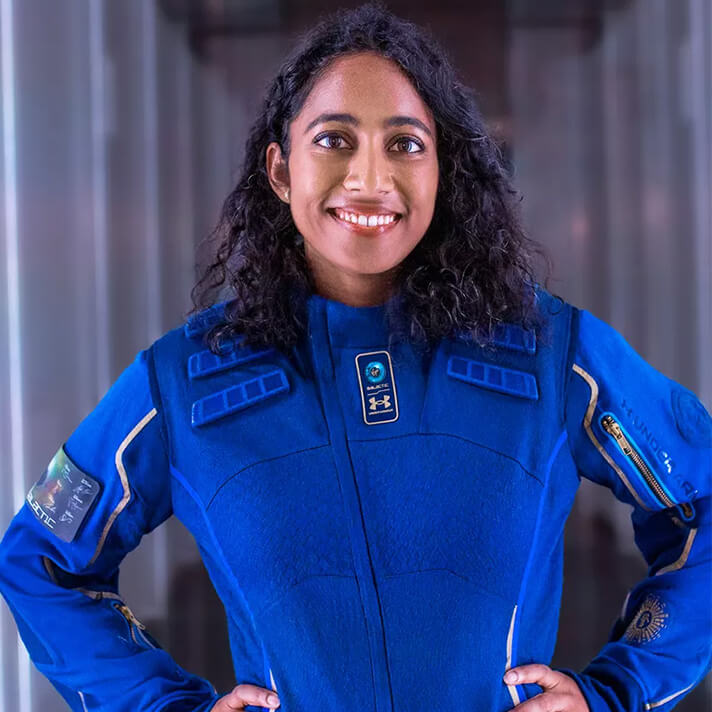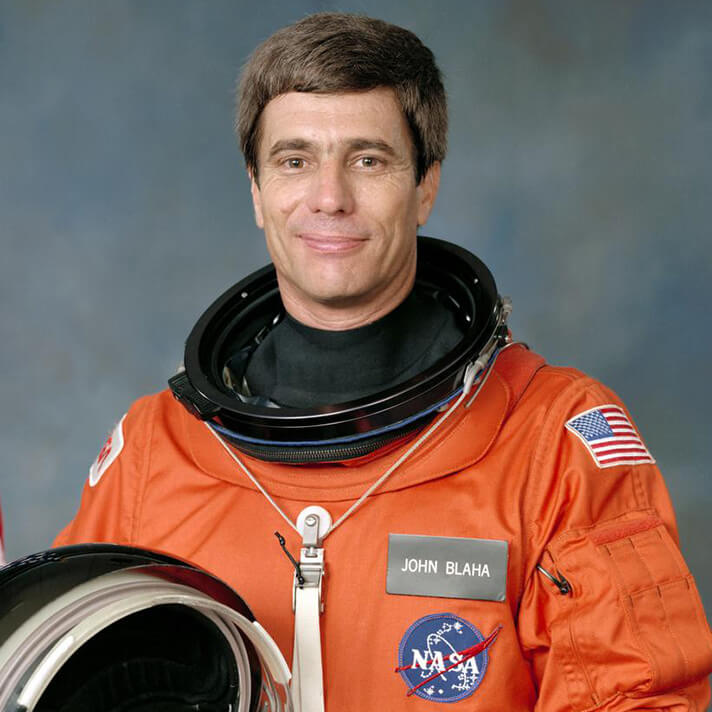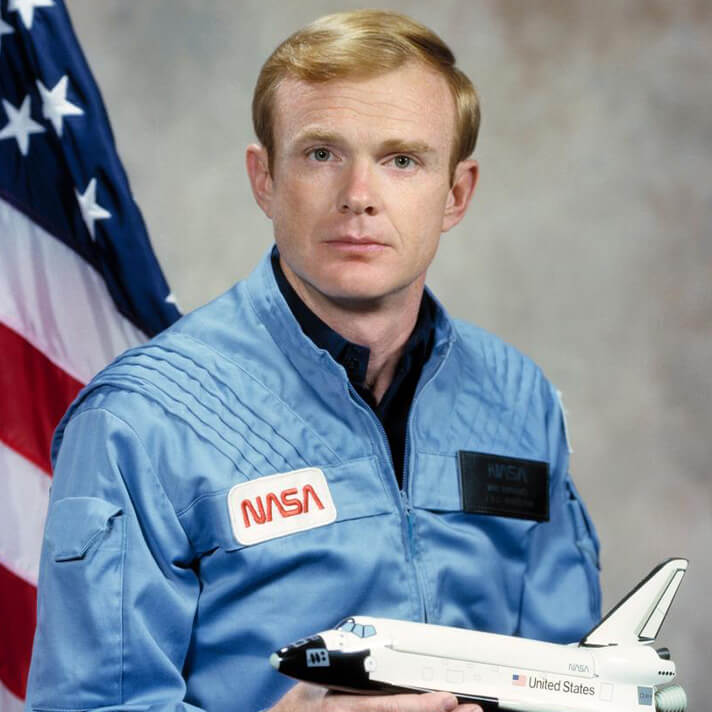
Janice Voss
BS engineering science ’75
1956-2012
Missions: STS-57, 63, 83, 94, 99
Purdue’s first woman in space, Janice Voss, flew as a mission specialist aboard five NASA missions and traveled more than 18.8 million miles and 49 days in space.
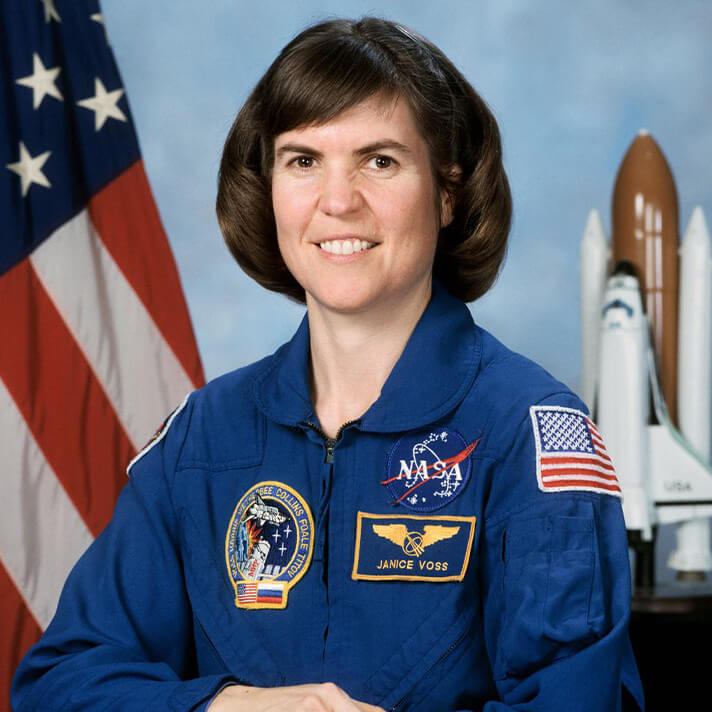
Janice Voss NASA Bio
Learn More
After becoming an astronaut in 1991, Voss first flew aboard STS-57 in 1993. Aboard space shuttle Endeavour, she helped conduct biomedical and material science experiments in the first Spacehab module. She participated in STS-63, which carried out the first rendezvous between an American space shuttle (Discovery) and the Russian space station, Mir. In 1997, she served as payload commander on STS-83. This mission was cut short due to problems with one of the shuttle’s three fuel-cell power-generation units, but the entire crew and payload reflew on STS-94 three months later. Voss’ final mission, STS-99, came in 2000 and was the last solo flight of space shuttle Endeavour. As part of NASA’s Shuttle Radar Topography Mission, the crew worked around the clock to map more than 47 million square miles of the Earth’s land surface, creating the most comprehensive three-dimensional map of the Earth’s surface to date.
After her final mission, Voss served as science director at NASA’s Kepler space telescope from 2004-07 with the objective of discovering Earth-like planets orbiting other stars. She later became payloads lead of the Astronaut Office Station Branch.
Voss enrolled at Purdue at age 15 and participated in cooperative education opportunities at NASA as an undergraduate student. At Johnson Space Center, she worked on computer simulations in the engineering and development directorate in the years preceding the shuttle era.
In 2012, Voss died of breast cancer at age 55. Purdue erected the VOSS (Visiting Our Solar System) Model in 2015 in the Discovery Park District at Purdue. The scale model of our solar system is based on a Fibonacci spiral. Every foot visitors travel around the spiral represents approximately 5.4 million miles they would be traveling in space.
